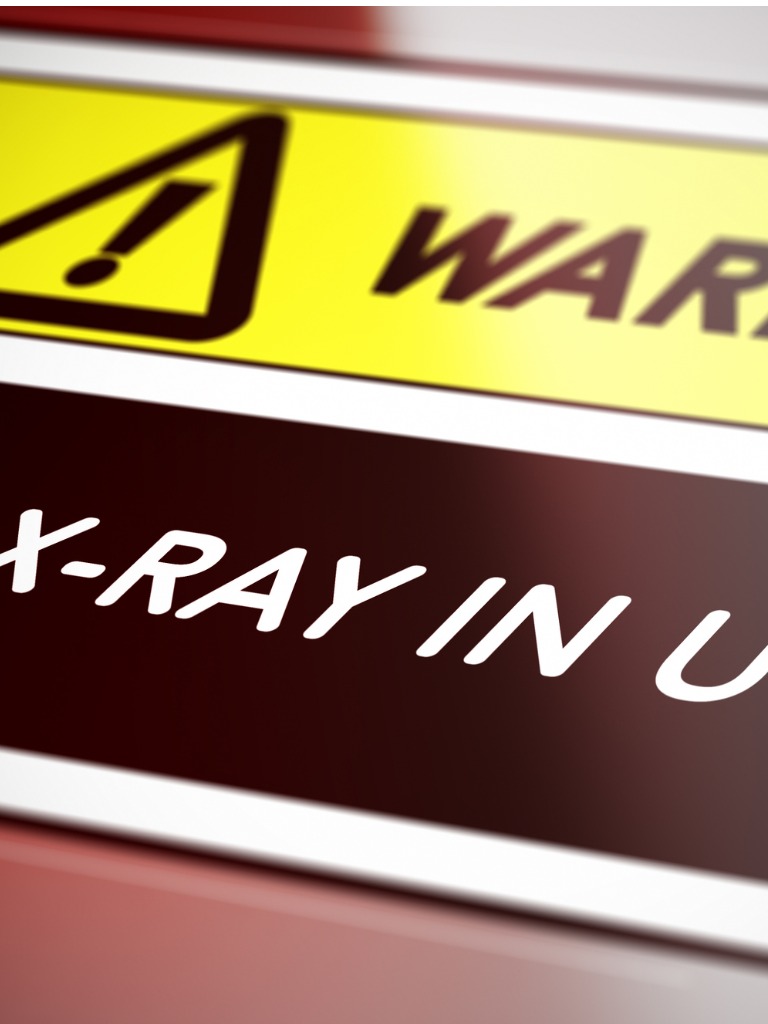The UKIO presentation, What radiographers should know about dose reference levels (DRLs), asked attendees key questions which all radiographers should be able to answer:
- Do you really understand the importance of DRLs?
- Who is responsible for managing local DRLs?
- Are all DRLs adult/paediatrics clearly visible for use, eg behind each control panel and on mobiles?
- Why is there a difference between national DRLs (NDRLs) and local DRLs (LDRLs)?
- What should I do if I keep exceeding the DRL?
- We are always too busy to respond to PHE dose audits; do we legally have to supply data?
- Does each patient dose need to be below the local or national DRL
- Do DRLs apply to planning scans in radiotherapy?
Maria Murray, SCoR radiation protection lead, explained to UKIO delegates that a DRL is a level used in medical imaging to indicate whether, in routine conditions, the dose to the patient or the amount of radiopharmaceuticals administered in a specified radiological procedure for medical imaging is unusually high or unusually low for that procedure.
“However, take care,” she warned, “optimisation is a fundamental task of the radiographers; we are the patients’ guardians and it is our responsibility to produce a high quality image to answer the clinical question. Don’t assume that being below a DRL means good practice because if the image is not good enough, the patient has to be re-imaged.”
Variations in DRLs both locally and nationally have caused confusion for radiographers. It is important that you know and understand your local DRLs, review them regularly, and be ready for inspection at all times.
Key take-aways
- Why we have LDRLs and NDRLs
- The difference between LDRLs and NDRLs
- The units of measurement for different DRLs
- The employer's responsibilities in compliance with IR(ME)R and the use of DRLs
- Misconceptions about DRLs
- Does your department have an image optimisation team (IOT)? If so, ask to get involved
- Get Involved in PHE/IPEM dose audits
“What we want is for radiographers to be better informed about dose to patients, ensure that they review regularly and understand what IR(ME)R inspectors will be looking for,” Maria said.
Watch the full UKIO Online session, which also included presentations from Cliff Double, IR(ME)R inspector, CQC, who talked about patient doses and DRLs - what an inspector expects; and Paul Charnock from IRS Ltd, who updated attendees on the IPEM Report 88 working party on DRLs and patient dose monitoring.
UKIO Online 2020 is presenting some of the best sessions from the programme planned for the 2020 event that was due to be held in Liverpool on 1-3 June 2020.
Delivered in bite-sized chunks over the summer, all content will be available in a listen-again library after the live session. Download the full programme and see details for sessions open for registration.
